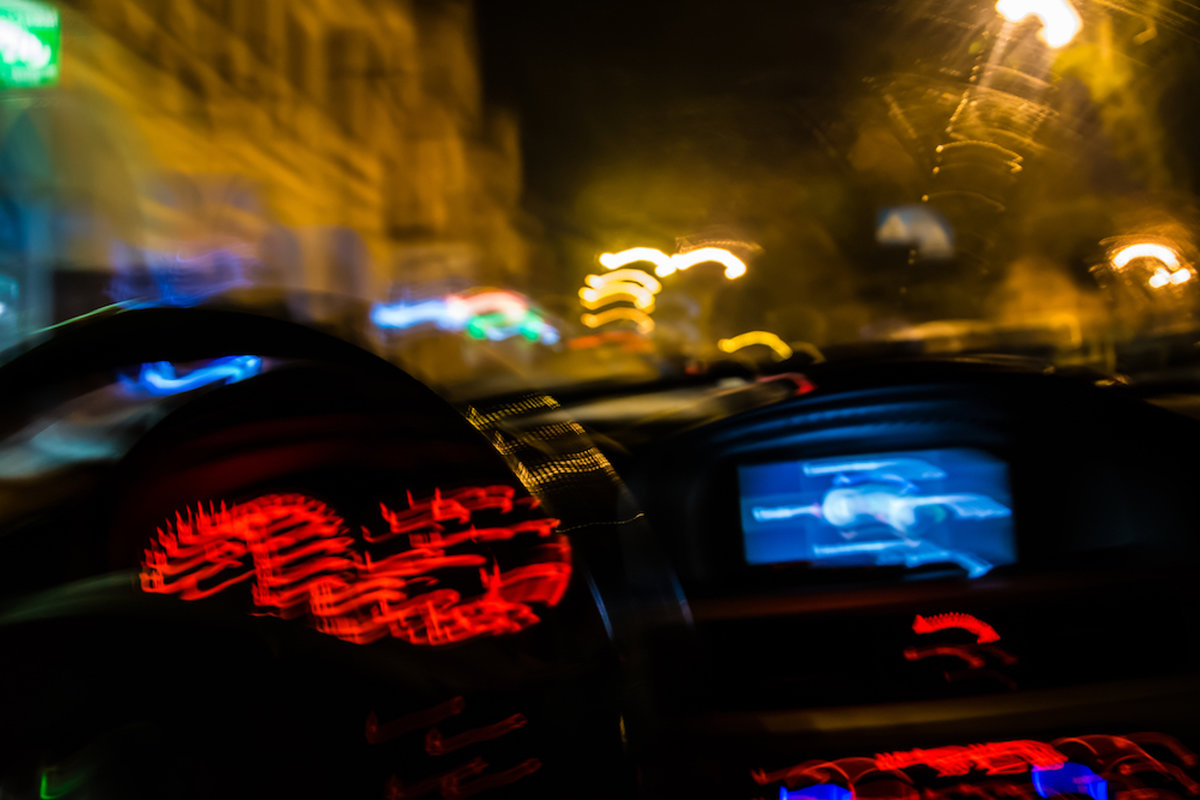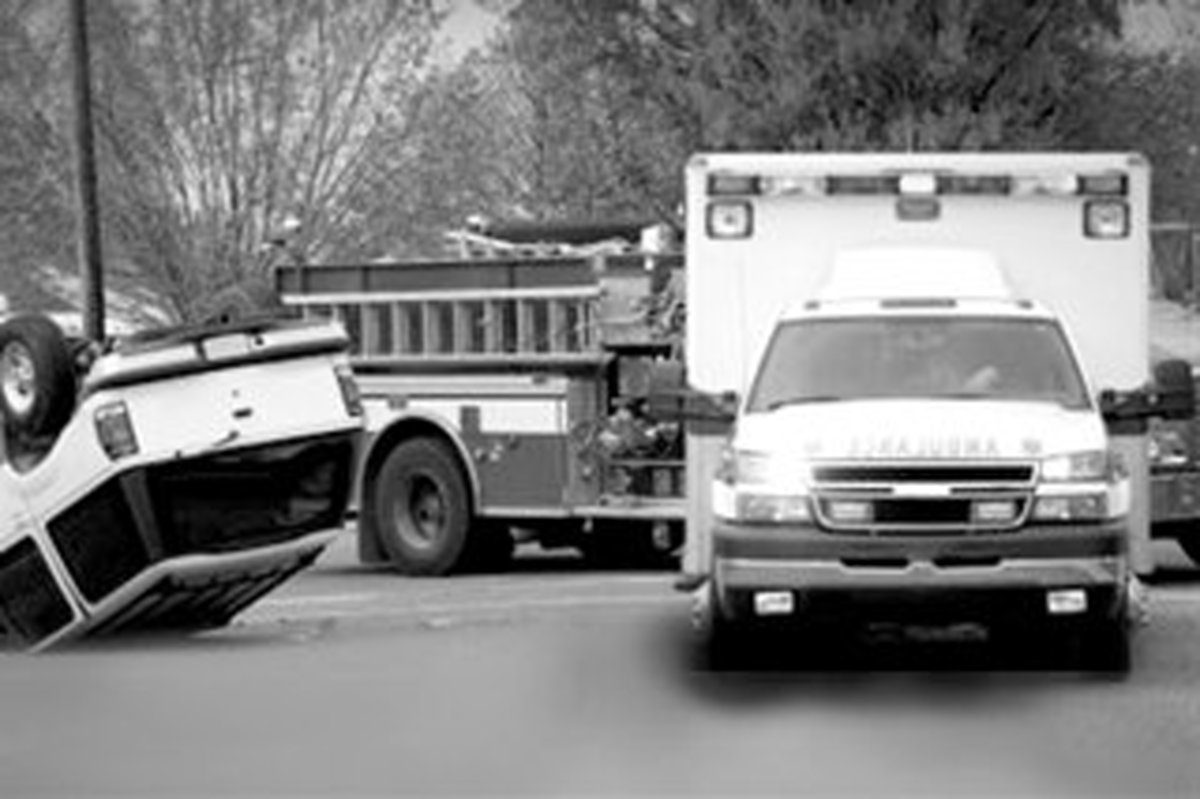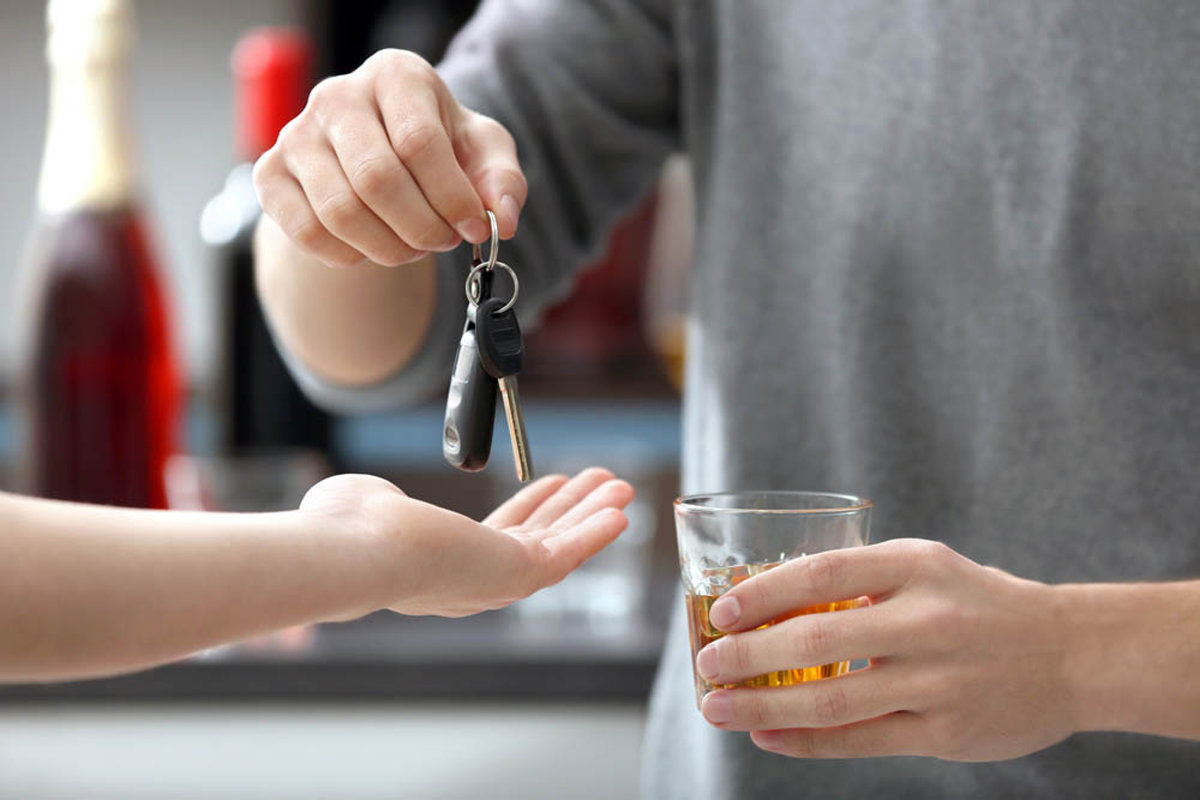Drinking and Driving
You might think by now that people would have gotten the message that drinking and driving don’t mix. But an investigation of young Americans who drive after drinking shows otherwise.

According to the Centers for Disease Control and Prevention, teens drivers are at much higher risk for car crashes and fatalities than the general public. In 2012, of male drivers between 15 and 20 years of age who were involved in fatal crashes, 25% had been drinking. And in a national survey conducted in 2013, 22% of all teens surveyed reported that they had ridden with a driver who had been drinking.
In fact, young adult drivers (ages 21-24) who were involved in a fatal crash had the greatest chance having a blood alcohol concentration (BAC) above the legal limit of .08. In 2012, thirty-two percent of these drivers had a BAC over the limit, along with 29% of those 25 to 34 and 25% of drivers 35 to 44.
These risks are taken by American youth despite the fact that the majority of US states have a mandatory license suspension or revocation laws for any alcohol/driving infractions among those under 21.
Drunk Driving Wipes Out Equivalent of One Medium-Sized City Each Year

The US has wider tolerance for over-21 drivers than many other countries, considering that a blood alcohol content (BAC) needs to reach .08 percent to be illegal—a standard surpassing that of almost 2/3rd of 240 nations on this planet (http://www.rupissed.com/blood_alcohol_limits.html) matching the US limits on alcohol content are Canada, Malaysia, Malta, Mexico, New Zealand. Yet in the U.S. alone in 2015, 10,265 people died in alcohol-impaired driving crashes, accounting for nearly one-third (29%) of all traffic-related deaths.
Norway, Puerto Rico, Singapore and the United Kingdom.
While American alcohol-related traffic fatalities have been decreasing since their high level in 1961, still, more than ten thousand of people die from this cause each year. In 2012, 10,322 people died in an accident where one or more of the drivers was impaired by alcohol. Twenty-seven percent of impaired operators in fatal crashes were riding motorcycles.
It’s been shown that those who drink frequently are responsible for the majority of traffic fatalities. In the US and Canada, it was found that nearly two-thirds of drinking drivers who cause fatalities and 72 percent of those who hit and killed pedestrians had Blood Alcohol Contents of 1.5 percent or above - almost double the legal limit. Experts estimate that this type of driver will not be dissuaded by legal limitations on BAC.
European Restrictions on Drinking and Driving Vary Widely
Laws across Europe mostly vary, with some countries considering .8mg/mL (milligrams per milliliter, the European method of measuring blood alcohol) of blood illegal and others setting the limit at .5mg/mL. Sweden is the most restrictive of all the European countries with a limit of .2mg/mL.
Using the US system of measuring, thirty countries around the world (including most of the major countries in Europe) consider anything above .05 percent BAC illegal.
But you would definitely be advised NOT to drink anything if you are going to drive in the Czechia, Slovakia, Romania, Russia, Saudi Arabia, United Arab Emirates, Bahrain, Brazil, Bangladesh, Pakistan or Hungary. These countries all have zero tolerance laws.
In Japan, a driver can be charged with inebriated driving simply on the observation of the arresting officer.
Since Laws Don’t Work, What is the Solution?
In some countries, a change of the BAC limit has resulted in lower traffic accidents and fatalities, but no changes even come to close to eliminating them. Australia has claimed a reduction of traffic fatalities through vigorous use of breath tests to detect alcohol use. There will always be people who think they can drive safely when they really can’t.

In the US, a broad advertising campaign sought to educate people that “buzzed” driving is really drunk driving to steer people from driving drunk. It may be that broad education is the answer. This includes individuals taking responsibility for their friends such the campaign to take the keys from a drunk person, or have a designated drive (DD), are our best weapon in preventing alcohol-impaired driving fatalities.
 ®
®